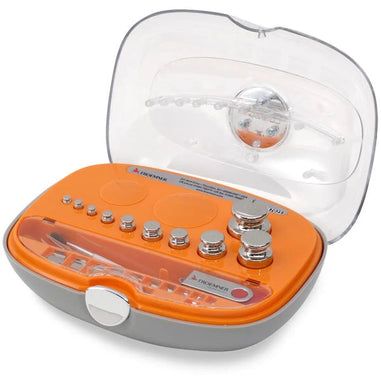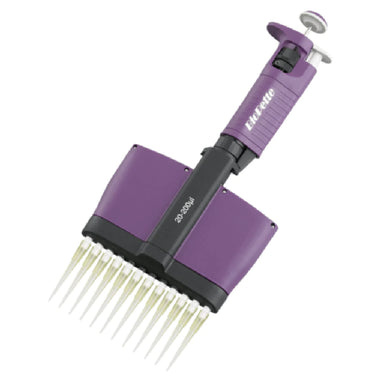- No products in the cart.
Calibration is a critical process in ensuring the accuracy and reliability of measurement instruments, particularly scales used in various industries such as manufacturing, laboratories, and healthcare. However, scale calibration can present challenges that may affect measurement accuracy and compromise the quality of results. In this blog post, we will explore some common challenges encountered in scale calibration and provide practical solutions to overcome them, ensuring precise and consistent measurements.
- Environmental Factors
One of the significant challenges in scale calibration is the influence of environmental factors on measurement accuracy. Variations in temperature, humidity, and air pressure can affect the performance of scales. Temperature changes, for instance, can cause thermal expansion or contraction of scale components, leading to measurement discrepancies.
To overcome this challenge, it is crucial to calibrate scales in a controlled environment with stable temperature and humidity conditions. Additionally, employing temperature-compensated calibration methods or using temperature-controlled chambers during calibration can help minimize the impact of temperature variations.
- Load Cell Drift
Load cells, which are responsible for measuring the weight or force applied to the scale, can experience drift over time. Drift refers to the gradual change in the load cell's sensitivity or output, resulting in inaccurate measurements. Factors such as mechanical stress, aging, or environmental conditions can contribute to load cell drift.
To mitigate load cell drift, regular maintenance and recalibration are necessary. Implementing a preventive maintenance schedule that includes inspections, cleaning, and load cell verification can help identify and address any drift issues promptly. Additionally, using load cells with built-in self-calibration or automatic adjustment features can help maintain measurement accuracy over extended periods.
- External Interferences
External interferences, such as electromagnetic fields, vibrations, and electrical noise, can introduce measurement errors in scale calibration. Electromagnetic fields generated by nearby equipment or power lines can disrupt the sensitive electronic components of the scale, leading to inaccurate readings. Vibrations from nearby machinery or foot traffic can also affect measurement stability.
To minimize external interferences, it is important to locate scales in areas with minimal electromagnetic noise and vibrations. Implementing proper shielding, grounding, and isolation techniques can help mitigate the impact of external influences. Furthermore, utilizing vibration-damping accessories or placing scales on vibration-isolation platforms can help improve measurement stability and accuracy.
- Operator Error
Operator error is a common challenge in scale calibration that can significantly impact measurement accuracy. Incorrect handling, improper setup, or inconsistent measurement techniques can lead to inconsistent and unreliable results. Lack of training or adherence to calibration procedures can contribute to operator error.
To address operator error, comprehensive training programs should be implemented to educate users on proper scale handling, setup, and calibration procedures. Developing clear and detailed standard operating procedures (SOPs) and ensuring their adherence by all operators can help reduce measurement inconsistencies. Regular refresher training sessions and performance evaluations can also help reinforce good calibration practices.
- Traceability and Documentation
Maintaining traceability and accurate documentation throughout the calibration process is crucial for quality assurance and compliance with industry standards. The lack of proper traceability or incomplete documentation can raise concerns about the reliability and validity of measurement results.
To overcome this challenge, it is important to establish a robust calibration management system that includes traceability to national or international standards. Proper record-keeping of calibration procedures, dates, results, and associated documentation should be maintained. Utilizing calibration management software can streamline the documentation process and facilitate easy access to calibration history and records.
How to Overcome Challenges
There are a number of ways to overcome the challenges of scale calibration. One way is to use a calibration chamber. Calibration chambers are designed to provide a stable environment for calibrating scales. They are temperature-controlled and vibration-free.
Another way to overcome the challenge of leveling a scale is to use a leveling tool. Leveling tools are available from most scale manufacturers. They can be used to level scales quickly and easily.
Finally, it is important to use the correct calibration weights when calibrating a scale. Calibration weights can be purchased from most scale manufacturers. They should be certified and traceable to national standards.
Conclusion
Scale calibration is an important process that should be performed on a regular basis. There are a number of common challenges that can arise when calibrating scales, but there are also a number of ways to overcome these challenges. By following the tips in this blog, you can ensure that your scales are calibrated accurately and precisely.
Here are some additional tips for overcoming the challenges of scale calibration:
- Plan ahead. Don't wait until the last minute to calibrate your scales. Schedule time to calibrate them on a regular basis.
- Train your staff. Make sure that your staff knows how to properly calibrate scales. They should be familiar with the challenges of scale calibration and how to overcome them.
- Use a quality calibration service. There are a number of reputable calibration services available. Choose a service that has a good reputation and that uses certified calibration weights.
In conclusion, understanding the challenges associated with scale calibration and implementing effective solutions is vital for accurate and reliable measurements. By addressing environmental factors, load cell drift, external interferences, operator error, and maintaining traceability/documentation, organizations can overcome these challenges and achieve precise and consistent measurement results. Calibration should be viewed as an integral part of quality assurance, ensuring the reliability and integrity of measurement instruments in various industries.












































